Some flowers look like the perfect addition to a garden full of color, easy to grow, and blooming for weeks. But looks can be deceiving. While they might brighten up your borders or containers, certain popular blooms are basically magnets for aphids. These tiny pests show up fast, multiply even faster, and can leave plants stressed and sticky before you know it.
It’s not about avoiding these flowers completely, but more about knowing what you’re planting and what might come with it. If you’ve been wondering why aphids seem to keep returning to your garden, one of these pretty plants might be part of the reason. Here’s a closer look at 15 beautiful flowers that are known to attract aphids more than most.
Roses

Nothing says romance like a bouquet of roses. Their lush blooms and intoxicating fragrance captivate the senses. However, roses are notorious for attracting aphids. These insects are drawn to the tender young shoots and buds.
Roses provide aphids with ample nutrients, making them a favored target. Gardeners often notice the first signs of an aphid infestation in spring. Despite this, roses remain a garden staple, cherished for their timeless beauty.
Did you know? The rose is the national flower of the United States, symbolizing love and passion across cultures.
Nasturtiums
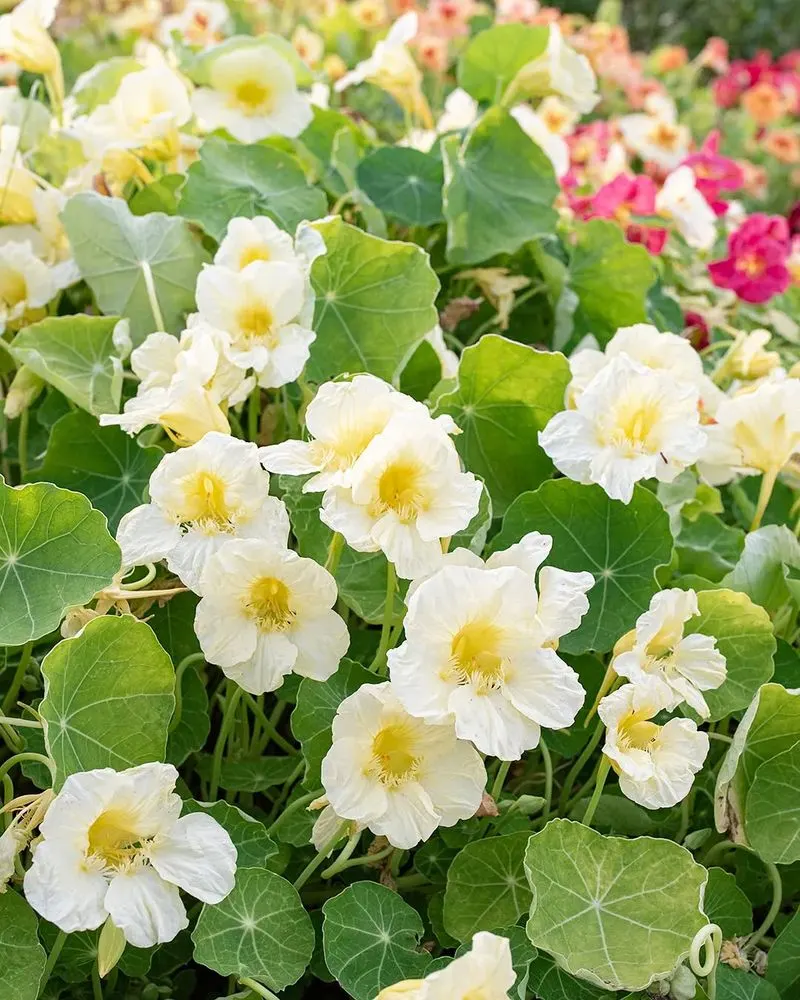
Nasturtiums are the unsung heroes of the garden. With their bold colors and peppery scent, they add flair to any landscape. These flowers, however, are a magnet for aphids.
Gardeners often use nasturtiums as sacrificial plants to lure aphids away from more valuable crops. This strategy helps protect other plants from infestation. Their edible flowers make them a versatile addition to salads and garnishes.
Interestingly, nasturtiums were once used by the Incas for medicinal purposes, valued for their antiseptic properties.
Sunflowers
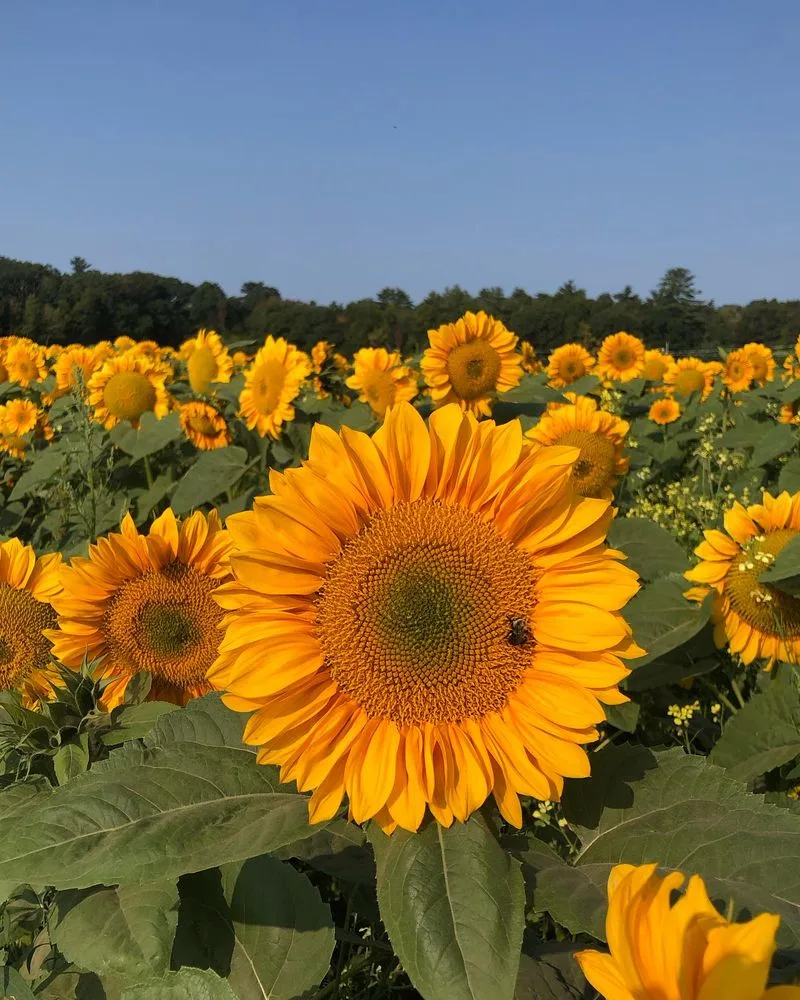
Standing tall and proud, sunflowers are the giants of the garden. Their cheerful demeanor brightens any space. However, their height and structure make them susceptible to aphid infestations.
Aphids find refuge on the sturdy stems, feeding on the plant’s sap. Despite this, sunflowers attract beneficial insects that prey on aphids, helping maintain balance.
Did you know? Sunflowers are heliotropic, meaning they turn their heads to follow the sun throughout the day—a fascinating dance with the sky.
Marigolds
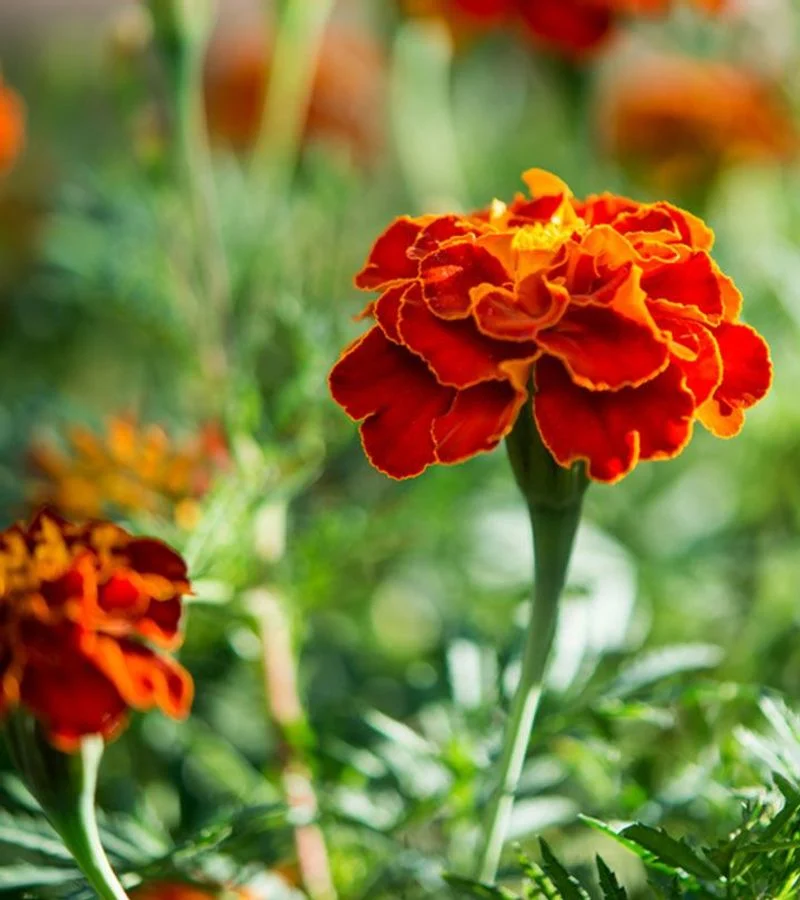
Marigolds are a gardener’s delight, known for their pest-repelling abilities. Yet, these vibrant blooms are not immune to aphid invasions.
Aphids are attracted to the tender new growth, though marigolds also attract beneficial insects that keep aphid populations in check. Their presence in the garden is both ornamental and functional.
Fun fact: Marigolds have been used in traditional medicine for their anti-inflammatory properties, proving their worth beyond mere aesthetics.
Zinnias
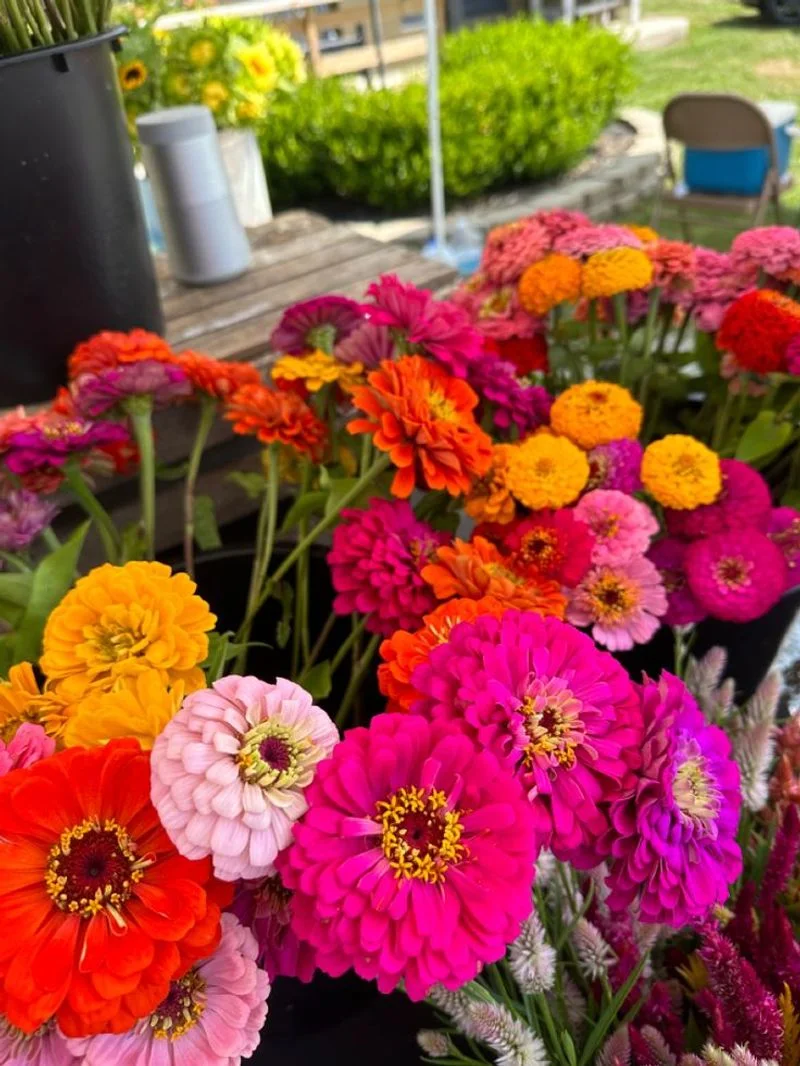
Zinnias are the life of the party in any garden, bursting with vibrant hues and charming simplicity. Despite their cheerful appearance, aphids are often found feasting on their tender foliage.
The bright colors of zinnias attract pollinators, yet aphids take advantage of their soft plant tissue. These flowers require vigilance to prevent infestations.
Did you know? Zinnias originated in Mexico and were named after the German botanist Johann Zinn, who contributed to their classification.
Dahlias
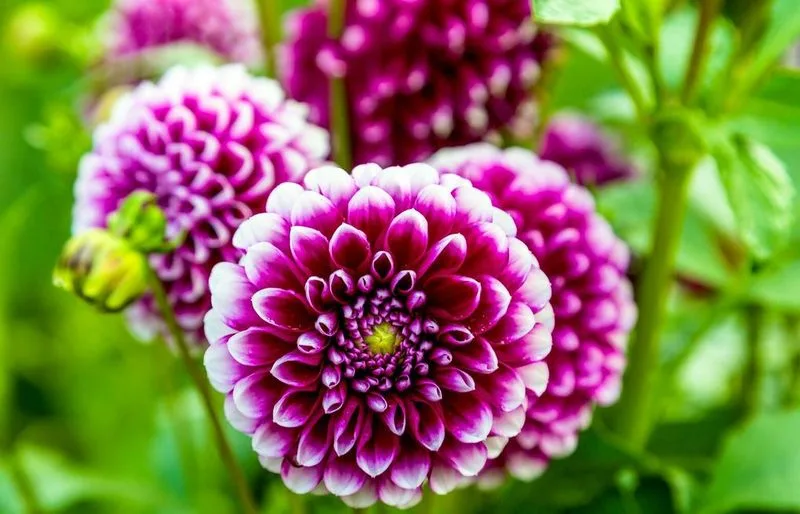
Dahlias are the showstoppers of the garden, admired for their intricate blooms and dazzling colors. Yet, these beauties are not without their challenges.
Aphids are attracted to dahlias, often hiding beneath their lush leaves. Regular monitoring and care are essential to keeping these flowers in pristine condition.
Interestingly, dahlias were once grown as a food crop by the Aztecs, showcasing their versatility and historical significance.
Cosmos
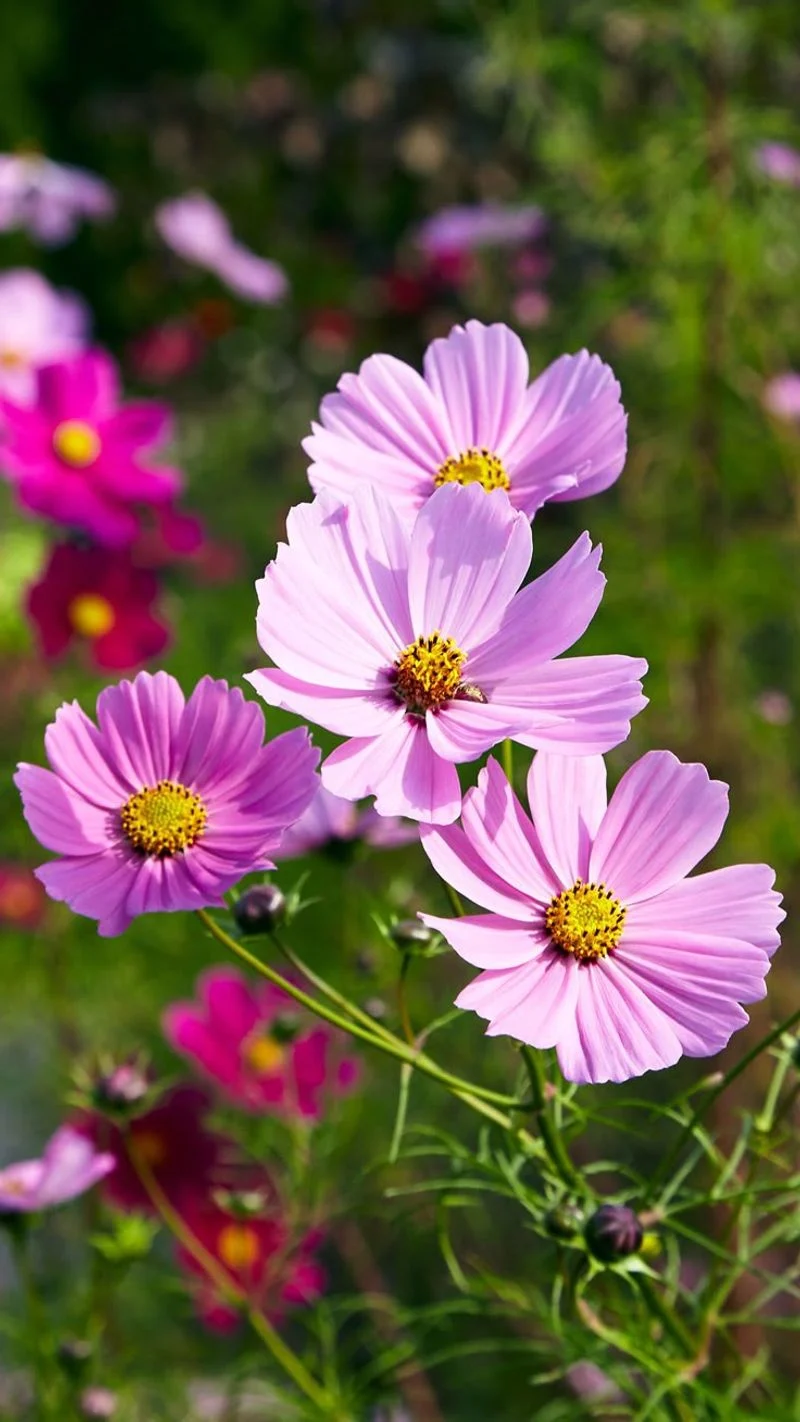
Cosmos flowers bring a touch of whimsy to any garden, with their delicate petals and airy structure. Unfortunately, their elegance is a siren call to aphids.
These insects thrive on the cosmos’ tender foliage, yet the flowers’ fast growth can sometimes outpace the damage. Gardeners appreciate their ability to attract beneficial insects.
Fun fact: Cosmos are native to Mexico and are known as the “flower of love” due to their romantic appearance and symbolism.
Petunias

Petunias are the versatile stars of the garden, flourishing in a range of colors and patterns. Despite their beauty, aphids find them irresistible.
These flowers are often used in hanging baskets, where aphids can quickly multiply if unchecked. Regular care is necessary to maintain their health.
Did you know? Petunias are related to tomatoes and tobacco, sharing a family bond that influences their growth and care needs.
Snapdragons
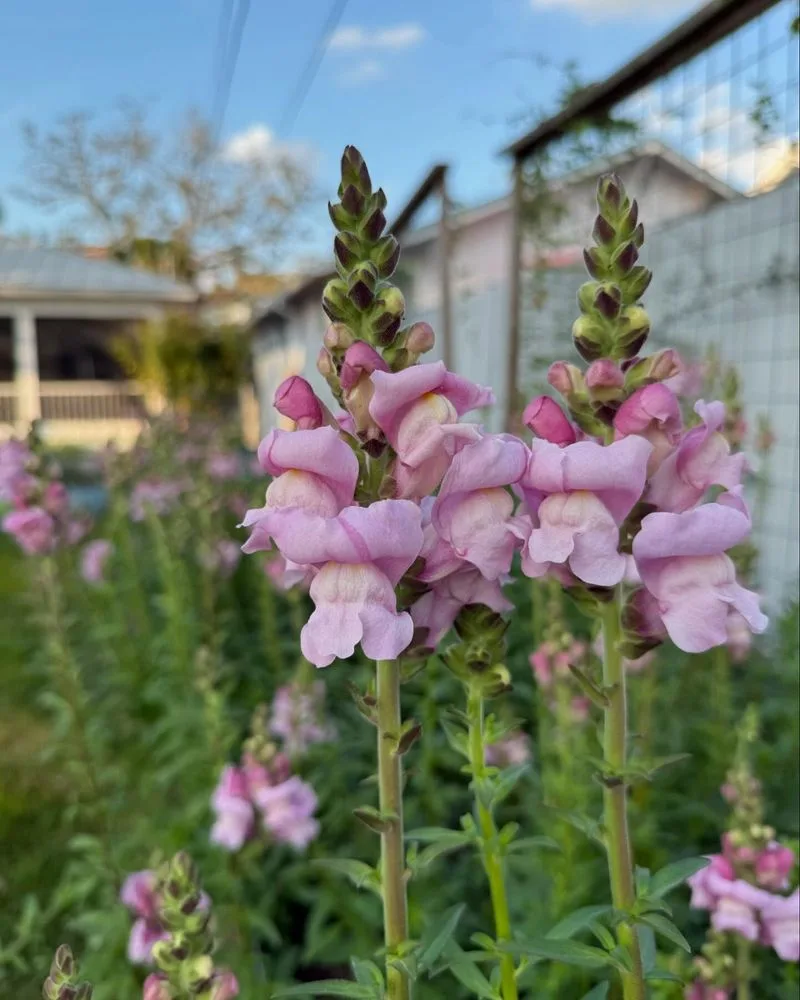
Snapdragons bring playful charm to the garden with their dragon-like blooms. Their vibrant colors and unique shape make them a favorite for many.
Aphids often target the tender new shoots, but snapdragons’ resilience typically allows them to recover from infestations. Their presence also attracts beneficial insects.
Fun fact: Snapdragons are named for the dragon-like shape of their flowers, which “snap” open when squeezed, adding an interactive element to gardening.
Pansies

Pansies, with their cheerful “faces,” bring joy to gardens and pots alike. Their striking patterns and colors make them popular choices for gardeners.
However, aphids often find pansies appealing, particularly when planted in dense clusters. Regular inspections can help manage any infestations.
Interestingly, the name “pansy” comes from the French word “pensée,” meaning “thought,” reflecting the flower’s thoughtful appearance.
Geraniums
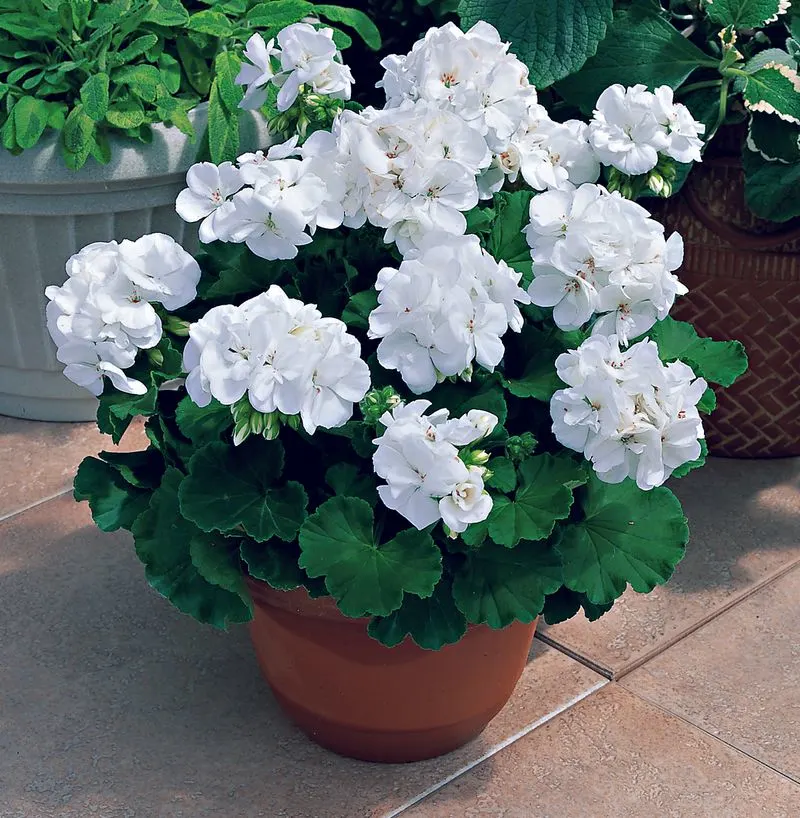
Geraniums are the reliable workhorses of the garden, offering vibrant colors and sturdy growth. Despite their robust nature, aphids often take a liking to their foliage.
These flowers are commonly found in window boxes, where aphid infestations can quickly go unnoticed. Vigilant care is needed to prevent damage.
Did you know? Geraniums have a long history in herbal medicine, valued for their astringent and anti-inflammatory properties.
Hollyhocks
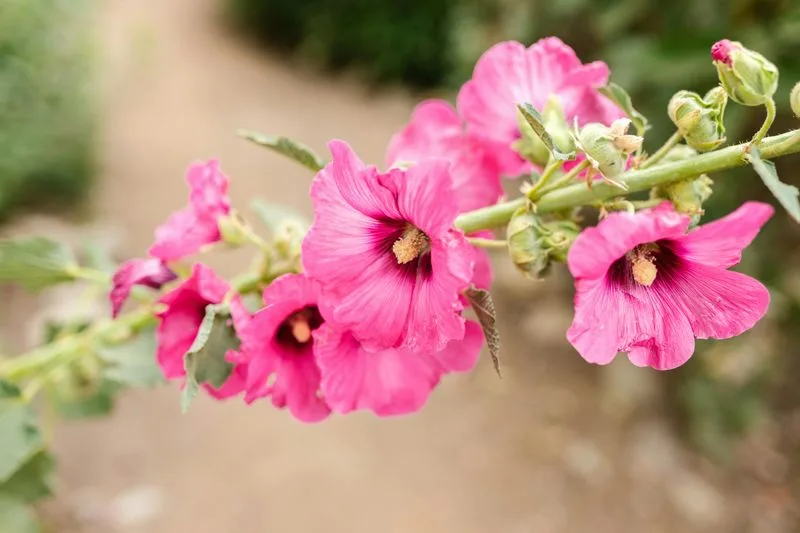
Hollyhocks stand as sentinels in the garden, their towering height and lush blooms creating a striking backdrop. Despite their majestic appearance, they frequently attract aphids.
These insects are drawn to the tender new growth, requiring gardeners to be diligent in their care. Hollyhocks’ resilience often allows them to withstand infestations.
Fun fact: Hollyhocks are often associated with medieval gardens, adding a touch of historical romance to modern landscapes.
Morning Glories
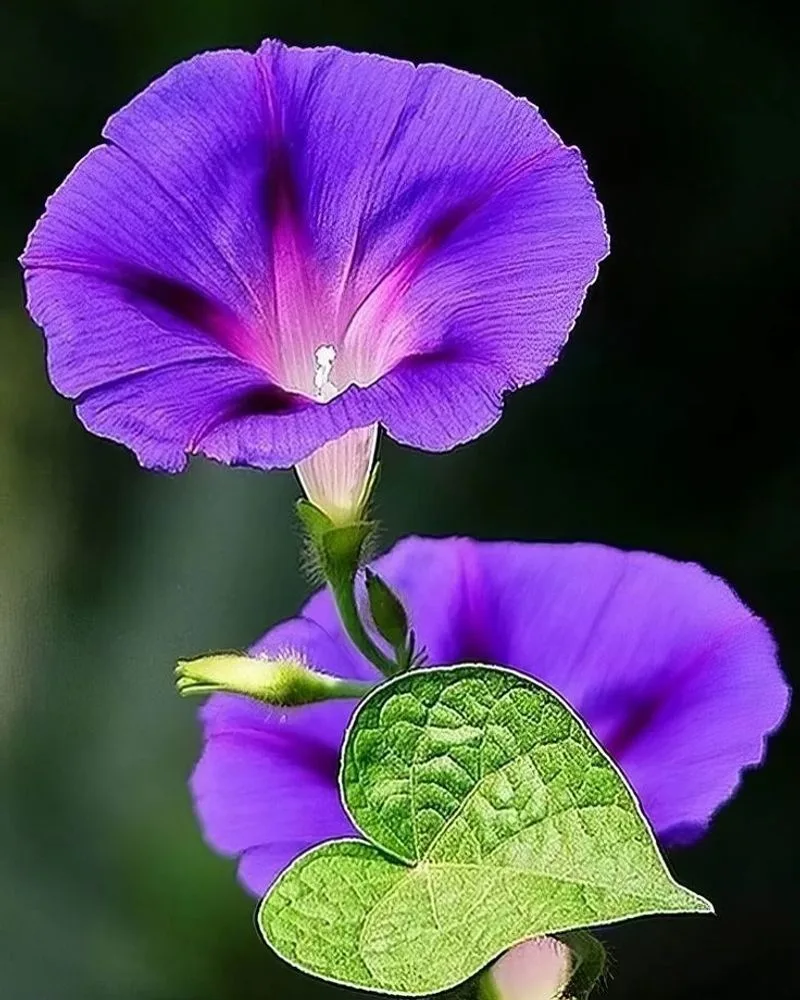
Morning glories bring a touch of enchantment to the garden, with their trumpet-shaped blooms opening to greet the sun. However, aphids are equally charmed by their presence.
These vines can quickly become overrun if not monitored, as aphids feast on their lush leaves. Despite this, morning glories continue to be popular for their rapid growth and vibrant colors.
Did you know? Morning glories are often associated with dreams and intuition, believed to bring inspiration to those who grow them.
Begonias
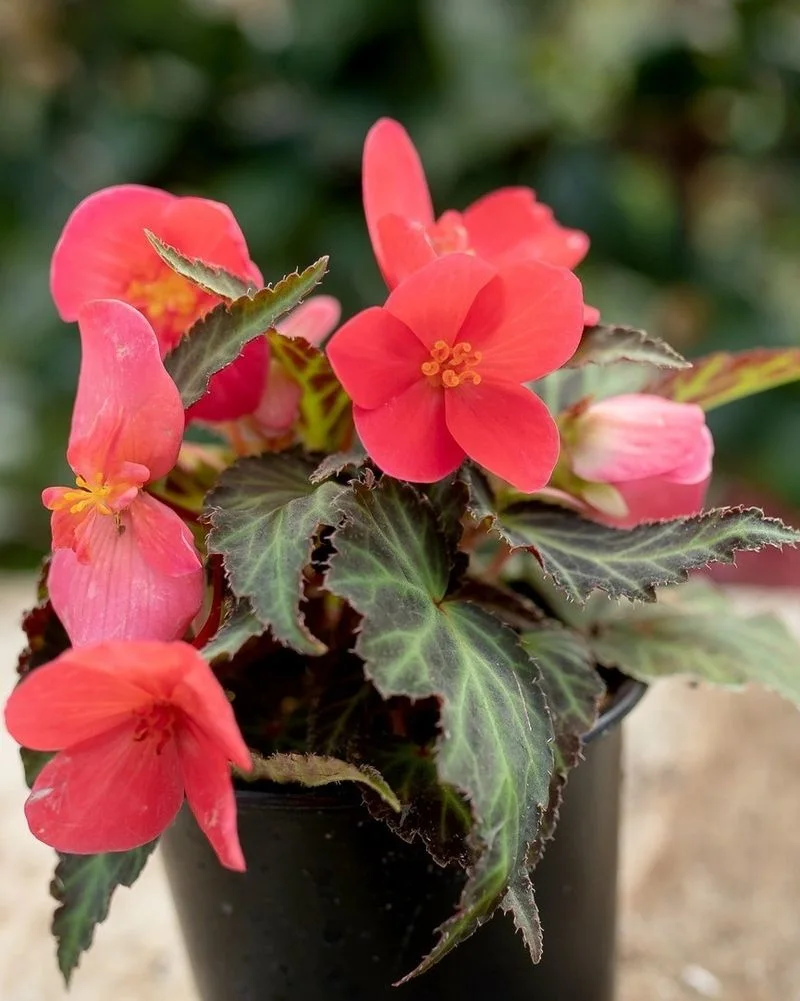
Begonias offer a burst of color in shady garden spots, their lush foliage adding texture and depth. Yet, aphids often find them an attractive target.
Regular care and observation are required to prevent significant damage. Despite their susceptibility, begonias remain a gardener’s favorite for their adaptability.
Fun fact: Begonias are named after Michel Bégon, a French politician and plant enthusiast, reflecting their longstanding appeal and versatility.
Calendula

Calendulas, with their cheerful orange blooms, bring warmth and vibrancy to any garden. While they are valued for their medicinal properties, aphids are also drawn to these flowers.
The soft leaves of calendula provide a hospitable environment for aphids, requiring gardeners to be vigilant in their care. Despite this, calendulas are loved for their healing properties.
Did you know? Calendula has been used in traditional medicine for its anti-inflammatory and healing benefits, making it a valuable addition to herbal gardens.

